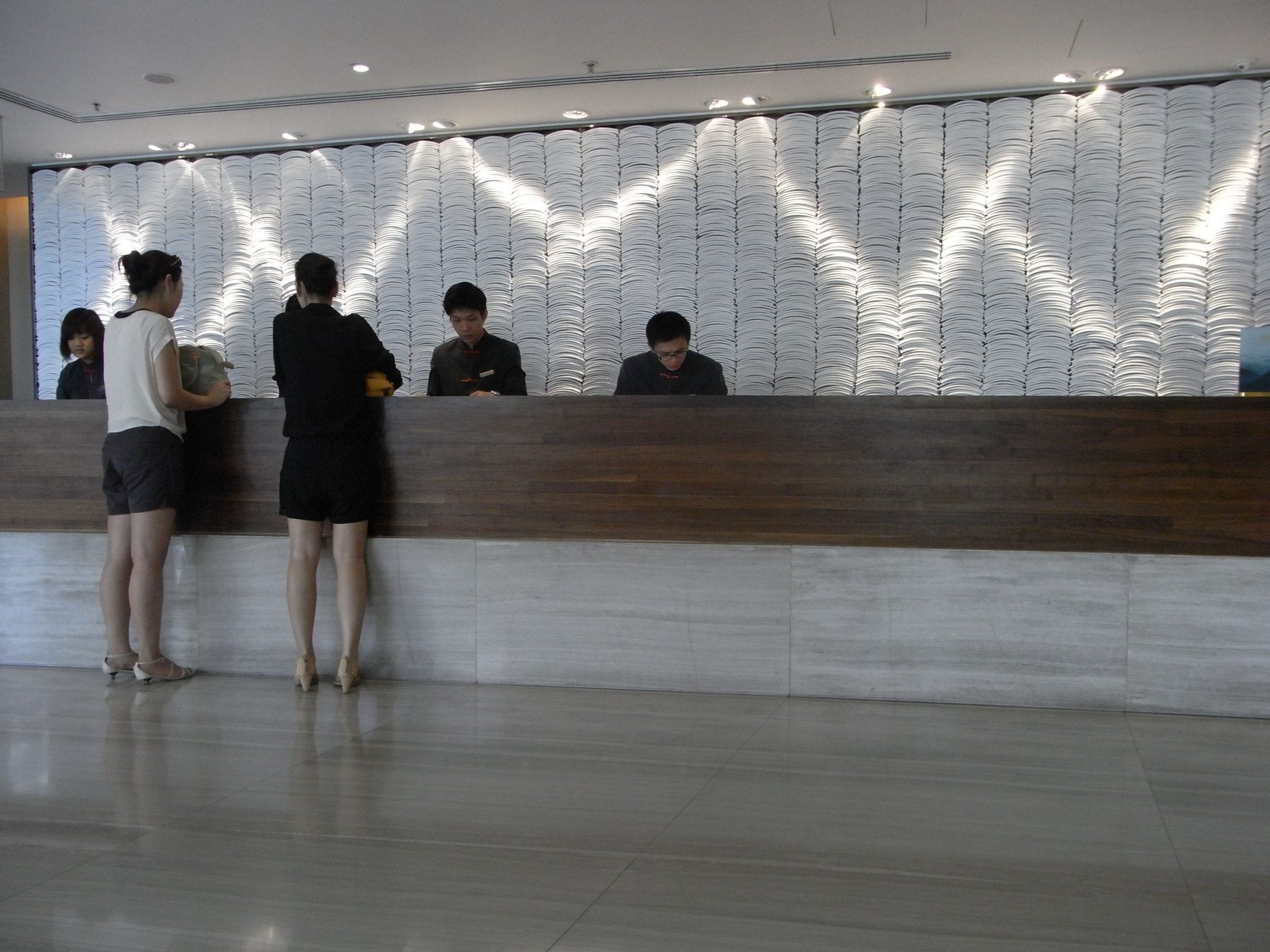Skift Take
In order to keep up with the popularity of these platforms and growing impact of social interactions, more brands are adapting by structuring their teams and departments to deal with volumes of inquiries in a personalized way.
Last week we launched our latest trend report Social Media Customer Service Strategies in the Travel Industry, where we look at how travel brands are adapting by structuring their teams and departments to deal with volumes of inquiries in a personalized way.
Below is a short extract. Get the full report to understand this new trend.
In 2012, close to half of social media users sought out customer service on social media. When asked to compare which channel is best to contact a brand, on social or the phone, a third voted for social. Given the growing user base on these platforms, there are more users today who are making contact by commenting, posting and mentioning brands on both company and personal accounts.
Consumers reached out to businesses directly on their Facebook Pages more often than contacting them via Twitter. Interestingly, they visit company blogs slightly more than Twitter. Whether or not the pattern of behavior happens in the order of Facebook, company site, to Twitter is not clear, but what is important to note is that consumers are seeking resources on multiple channels and brands are increasing their efforts at being present to assist customers.
The sense of urgency leads social customers to the channel that can provide the quickest and clearest response. Twitter’s 140-character limitation has enabled customers to @mention a brand to quickly get its attention about changes in flight schedules or accommodations that do not meet their expectations.
Back in 2012 an Oracle study cited, “More than half of consumers on Facebook expect a same-day response to questions and posts while 52% of consumers using Twitter expect a company to respond to within two hours. 30% of Twitter users expect a response within 30 minutes, 22% expect a response within two hours and 29% expect a same-day response (7).”
During the dreaming and planning phase of travel, brands utilize both Facebook and Twitter to appeal to their audience on a personal level by publishing content that is timely, relevant that relates to their tendencies. This content also generates a form of service that is useful in that it provides information about destinations, deals, and activities. On Facebook, there isn’t a character limitation, so there isn’t that pressure to be succinct in expressing themselves negatively or positively.
The line between what is customer service on social media is being blurred because the content has become more curated. Social media teams are becoming more empowered and proactive in their approach to resolve issues efficiently; create, find and join conversations; to ultimately deepen connections.
The Daily Newsletter
Our daily coverage of the global travel industry. Written by editors and analysts from across Skift’s brands.
Have a confidential tip for Skift? Get in touch
Tags: facebook, social media, twitter
Photo credit: Hotel checkin desk. Wikimedia Commons

